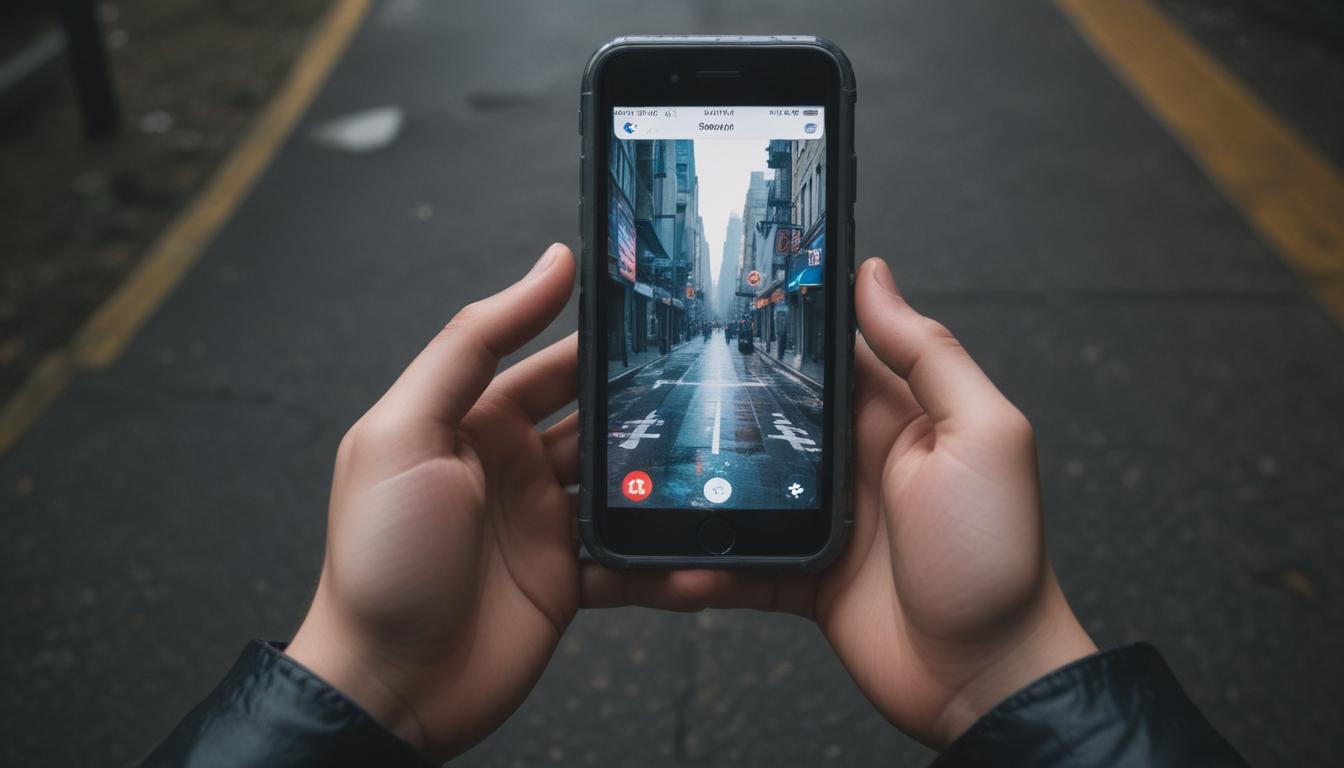Now Reading: Tech for Mental Health Help or Hurt?
- 01
Tech for Mental Health Help or Hurt?
Tech for Mental Health Help or Hurt?

Technology and Mental Health The Double Edged Sword in Your Pocket
Does your phone sometimes feel like a lifeline, and other times like a source of deep anxiety? You scroll through social media to connect, but end up feeling more isolated than ever. You use apps to relax, but the constant notifications keep your mind racing. If you’re struggling to understand whether technology is helping or harming your mental wellbeing, you are not alone. This constant push and pull is a modern dilemma that millions of people face every single day.
The good news is that you have more control than you think. Technology is a tool, and like any tool, its impact depends entirely on how we choose to use it. It is not inherently good or bad, but a powerful amplifier of our own habits and intentions. This guide will help you untangle this complex relationship. We will explore the incredible benefits technology can offer your mental health, identify the hidden risks that can chip away at your peace, and provide practical, actionable steps to help you find a healthier, more intentional balance.
The Unexpected Benefits of Technology for Your Mind
It’s easy to focus on the negatives, but we often overlook the profound ways technology has revolutionized access to mental health support. For millions, digital tools have broken down long-standing barriers like cost, stigma, and geography. Mental health apps like Calm or Headspace offer guided meditations and mindfulness exercises that can be accessed anytime, anywhere, providing immediate relief during moments of stress or anxiety. Telehealth platforms have made therapy more accessible than ever, allowing individuals to connect with licensed professionals from the privacy of their own homes.
Beyond formal support systems, technology fosters connection in ways that directly combat loneliness, a significant contributor to poor mental health. Video calls allow us to see the faces of loved ones who live thousands of miles away, maintaining strong bonds that would otherwise weaken over distance. Niche online communities, whether centered around a hobby, a life experience, or a shared identity, create spaces where people can find belonging and understanding. For someone feeling isolated by their circumstances, finding a forum or group of people who just “get it” can be a life-changing source of validation and support.
The Hidden Risks Technology Poses to Mental Wellbeing
While connection is a benefit, the dark side of digital platforms is the constant, often subconscious, social comparison they encourage. Social media feeds are not accurate reflections of reality; they are curated highlight reels of people’s best moments. When we are constantly exposed to images of perfect vacations, career successes, and flawless relationships, it can create a distorted sense of reality and foster feelings of inadequacy, envy, and the pervasive Fear Of Missing Out (FOMO). Our own normal, messy lives can feel lacking in comparison.
This cycle is often worsened by the phenomenon of “doomscrolling”—the act of endlessly consuming negative news and distressing content. Algorithms are designed to keep us engaged, and they often do this by showing us emotionally charged or sensational posts. This constant exposure to tragedy, political outrage, and conflict can put our nervous systems on high alert, leading to increased anxiety, hopelessness, and a skewed, pessimistic view of the world. Furthermore, the very nature of our devices can disrupt our fundamental biological rhythms. The blue light emitted from screens suppresses melatonin, the hormone that regulates sleep, making it harder to fall asleep and reducing sleep quality. This lack of restorative rest has a direct, negative impact on mood, cognitive function, and our ability to cope with stress.

Finding Your Balance A Practical Guide
Regaining control over your digital life doesn’t require abandoning technology altogether. Instead, it’s about shifting from being a passive consumer to an intentional user. This starts with actively curating your digital environment to serve your wellbeing. Take a mindful audit of your social media feeds. Unfollow accounts that consistently make you feel anxious, envious, or angry. You are not obligated to follow anyone. Use the “mute” function generously for friends or family whose content might be temporarily stressful. The goal is to transform your feed from a source of triggers into a space that is either neutral, informative, or genuinely uplifting.
Equally important is establishing firm boundaries between your digital life and your physical one. Create tech-free zones or times in your day. A powerful practice is implementing a “digital sunset” by putting all screens away at least an hour before bedtime. Charge your phone in another room overnight to remove the temptation to scroll if you wake up. During the day, turn off non-essential notifications. The constant pings and buzzes fragment our attention and create a low-grade, persistent state of stress. Instead of reacting to every alert, set aside specific, scheduled times to check your email and social media. This simple shift puts you back in the driver’s seat, allowing you to engage with technology on your own terms.



































